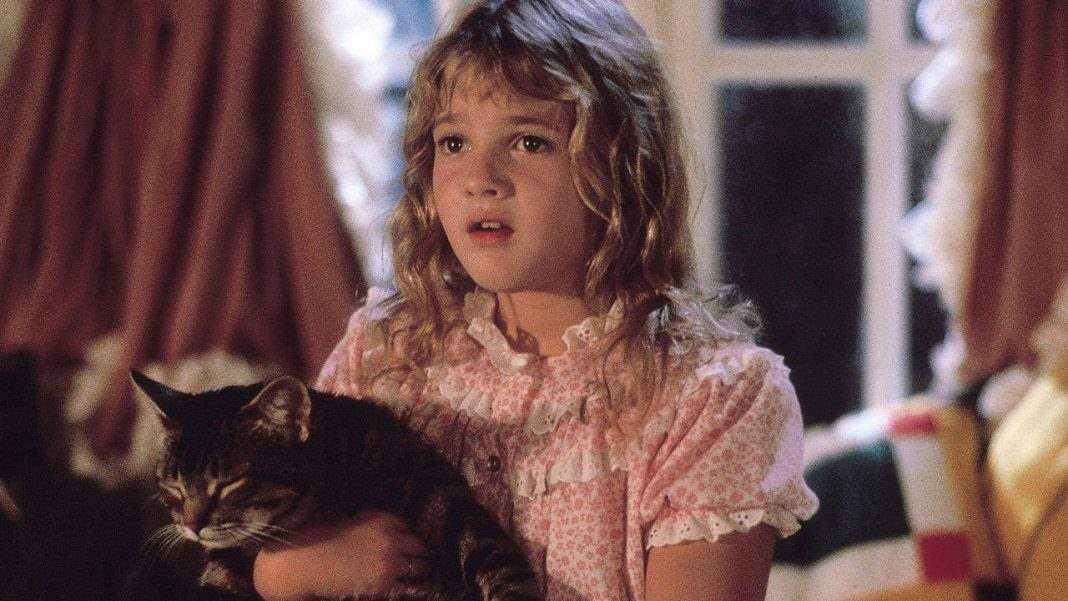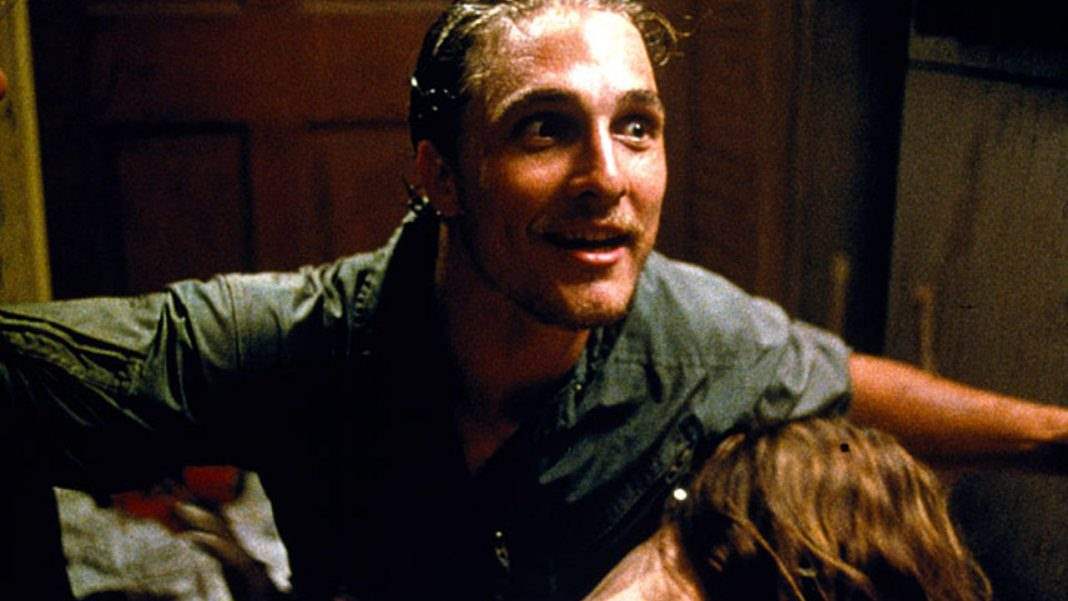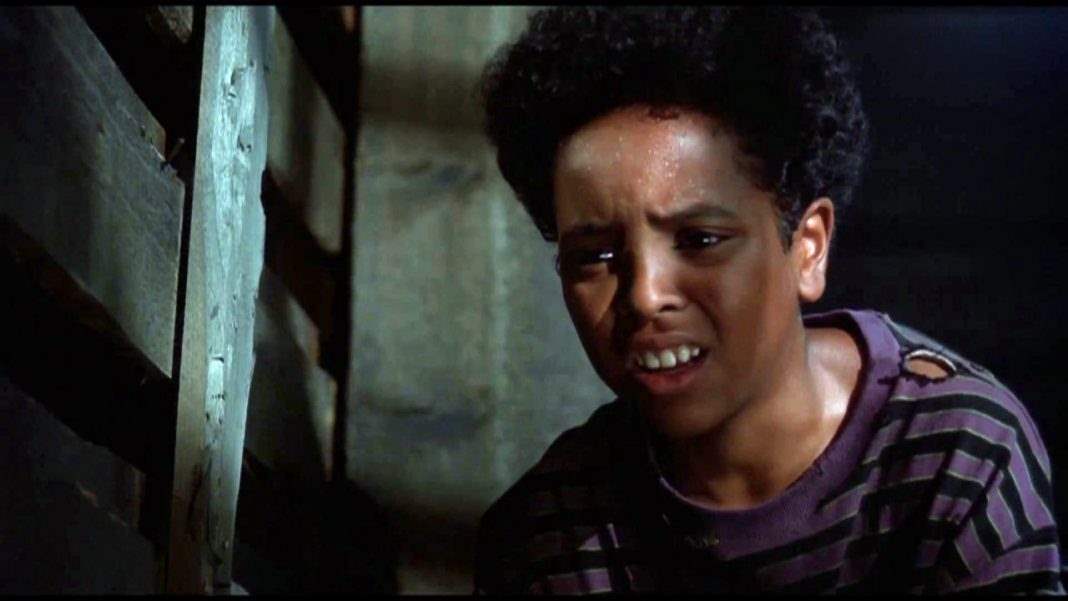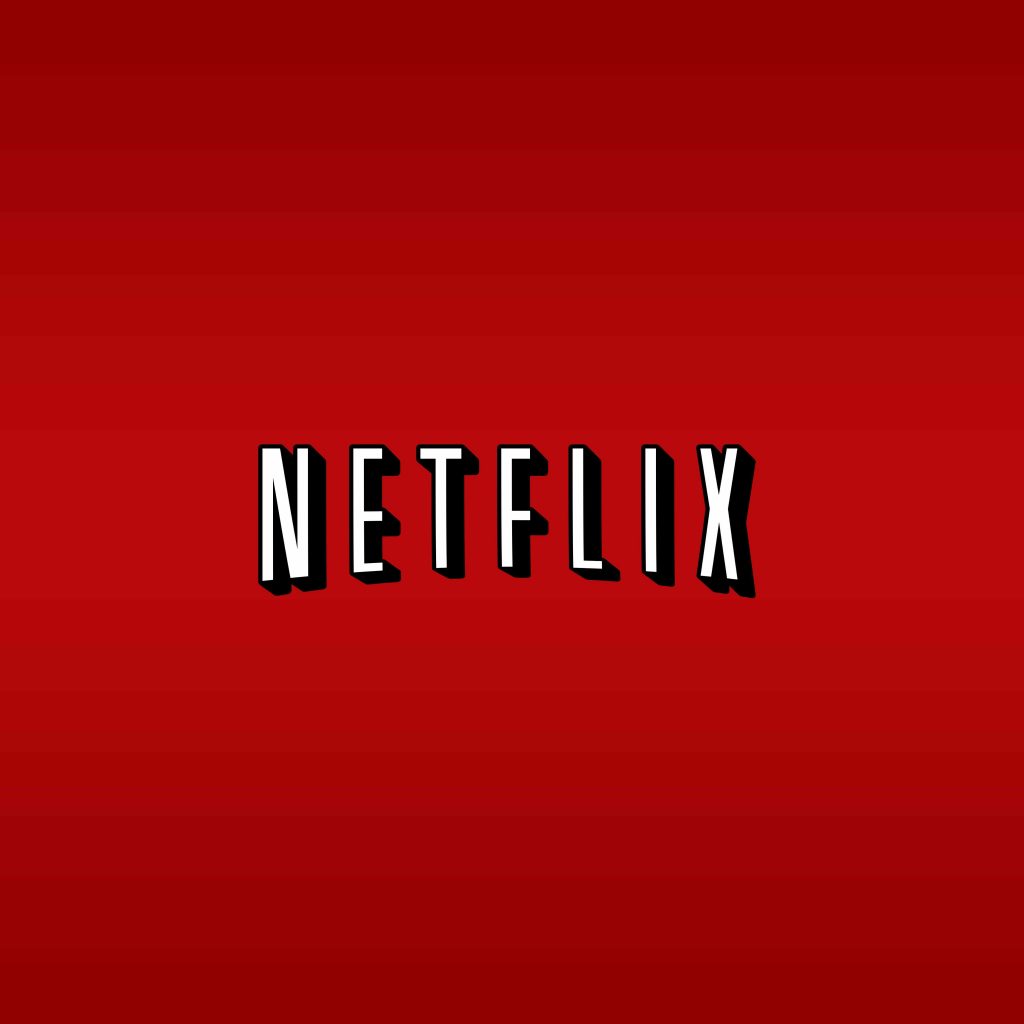I will remember the marketing campaign for The Blair Witch Project as long as I live. As a kid at the dawn of the Internet age, I had never seen anything like it. This movie went out of its way to make you think that it had really happened and I totally bought into it. I was ten. I had no reason not to. My friends and I would try to find information on the legend of the Blair Witch online and, lo and behold, there was a site in place to feed us such information. It never occurred to us that the site could be run by the filmmakers themselves, we had no reason to think that. Given the fact that this film was a fairly revolutionary concept, most people didn’t think about that.
But I was also a kid who was very much into the paranormal/weird, etc… And I absolutely wanted it to be true. I wanted to believe the tie-in documentary that was released on TV around the same time that the film hit theaters. The hype surrounding this picture was insane. It wasn’t just that it was promoted as being real, it was that it was being touted as the scariest movie of all time. It wasn’t, of course. No feature that claims that title ever actually is, but it still got my imagination running wild.
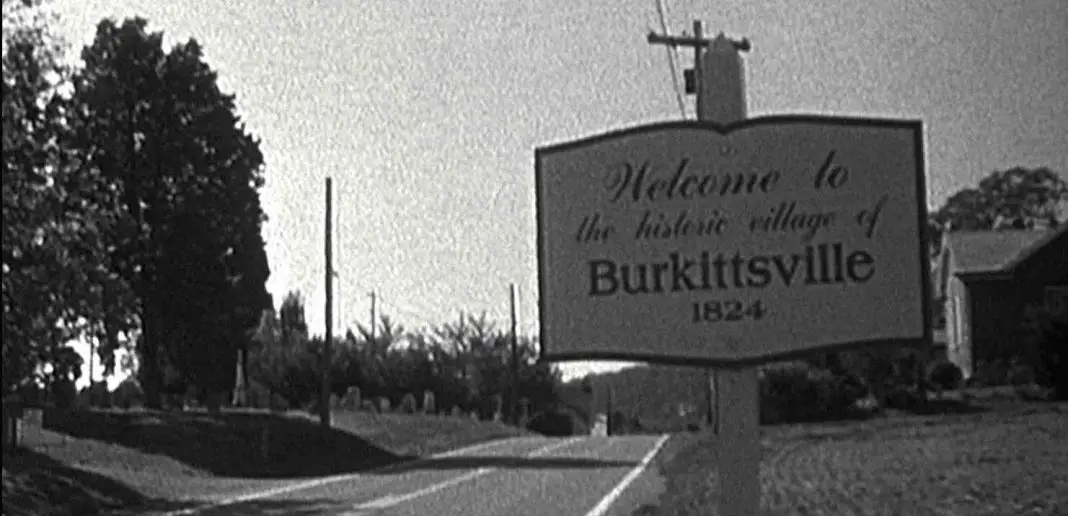
When I finally saw it, it had the effect it would have on any ten-year-old horror fan. I wanted more from it because I didn’t see anything and my monster-loving mind expected to actually see a witch of some kind. But I didn’t hate it because the movie worked in the one way it really needed to: It scared me. The second time, it didn’t get me as much. But when I revisited it a few months ago for the first time since then, I was surprised at how well it held up for me. I really was. The film still has a huge impact.
Looking at it seventeen years later, it’s clearer now than it has ever been that the movie’s success wasn’t due entirely to the marketing. Sure, the gimmicks got people to file into theaters, but the film took it from there.
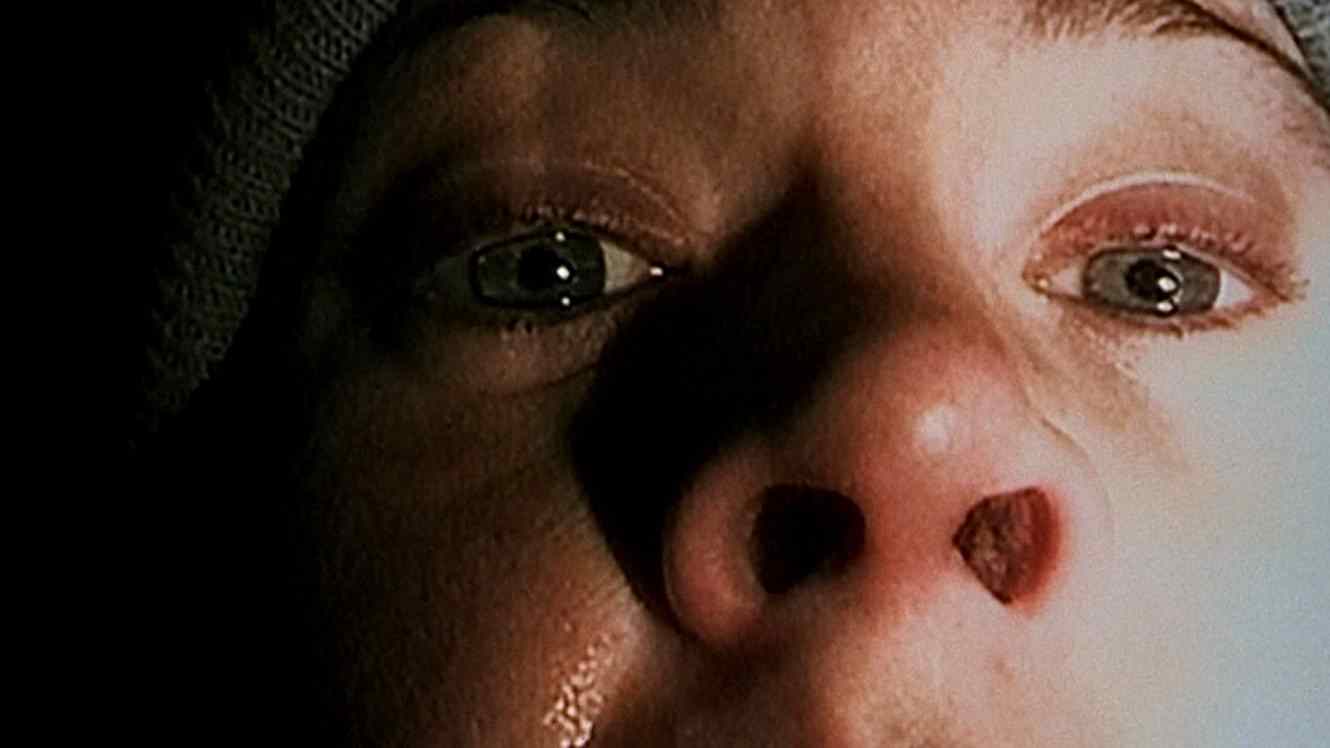 The mockumentary element of it is still so strong. I think that aspect works as well if not more so than the found footage elements that come into play once the crew enters the woods. The beginning feels like a legitimate documentary, which it needs to, one that really helps to not only establish the mythology of the witch but also start building a serious sense of dread. You can see the DNA of so much of this in so many of the found footage films of today, even if there’s a large gap between them.
The mockumentary element of it is still so strong. I think that aspect works as well if not more so than the found footage elements that come into play once the crew enters the woods. The beginning feels like a legitimate documentary, which it needs to, one that really helps to not only establish the mythology of the witch but also start building a serious sense of dread. You can see the DNA of so much of this in so many of the found footage films of today, even if there’s a large gap between them.
I also like the rawness created by having two different types of cameras, one professional and one grainy. It allows for an aesthetic that feels different from the way horror films were being made at the time, and not just because it was shot in first-person. But I think even that aspect goes overlooked. It wasn’t just a found footage movie and one of the first of its type. It was a found footage movie being made in 1999, the same year that gave us releases like The Mummy and The Sixth Sense. Huge studio films with A-list stars. In the late ‘90s, horror was as big a studio game as it had ever been. An independent horror feature having this much success was a huge deal.
But the credit is still owed to the quality of the film itself. The Blair Witch Project works so well because you believe it. Even if you know it’s not real, it doesn’t matter. That doesn’t change the fact that you believe that these kids are terrified. You believe, in true, cynical Romero fashion, that people in this kind of extreme situation would turn on each other and be unable to communicate. You even begin to believe the legend itself, by the end of it.
 Even if the witch is never seen, its presence is felt throughout the whole film. The underrated thing that makes The Blair Witch Project so scary is that it’s an unreal situation being portrayed in the most realistic way imaginable—so realistic that you can momentarily believe it may have really happened. The scariest thing for most of the movie is that these three students are moving forward in the same direction and keep getting lost. No matter what they do, they get lost. And they begin to understand that they’re not getting lost because they lost the map, but instead because the woods are actually reforming around them.
Even if the witch is never seen, its presence is felt throughout the whole film. The underrated thing that makes The Blair Witch Project so scary is that it’s an unreal situation being portrayed in the most realistic way imaginable—so realistic that you can momentarily believe it may have really happened. The scariest thing for most of the movie is that these three students are moving forward in the same direction and keep getting lost. No matter what they do, they get lost. And they begin to understand that they’re not getting lost because they lost the map, but instead because the woods are actually reforming around them.
The scene in which this becomes abundantly clear, when Heather is forced to admit that they’ve arrived back at the same log they saw earlier, is actually my favorite scene in the movie. It’s scary in its implications, devastating on an emotional level, and was the scene that really sold the whole feature for me when revisiting it as an adult. This moment required even less than sticks hung from trees to accomplish. It hinged directly on the writing, directing, and acting—all three of which worked in harmony to sell it as totally believable. Because as much of a gimmick as it was to try and make people believe it was real, that doesn’t change the fact that The Blair Witch Project is a real, genuine film.
The marketing can’t make a movie good or bad. It can only get people to watch it. The production succeeds or fails on its own merits. The very fact that we’re discussing Blair Witch seventeen years after its release, that we’re now awaiting a sequel that’s hyped in its own right, all ultimately proves which camp it belongs in. The Blair Witch Project has a genuine sense of dread, atmosphere and genuine fear that all form the reasons why it has lasted as long as it has. But even now, almost two decades later, I think people tend to forget that.


